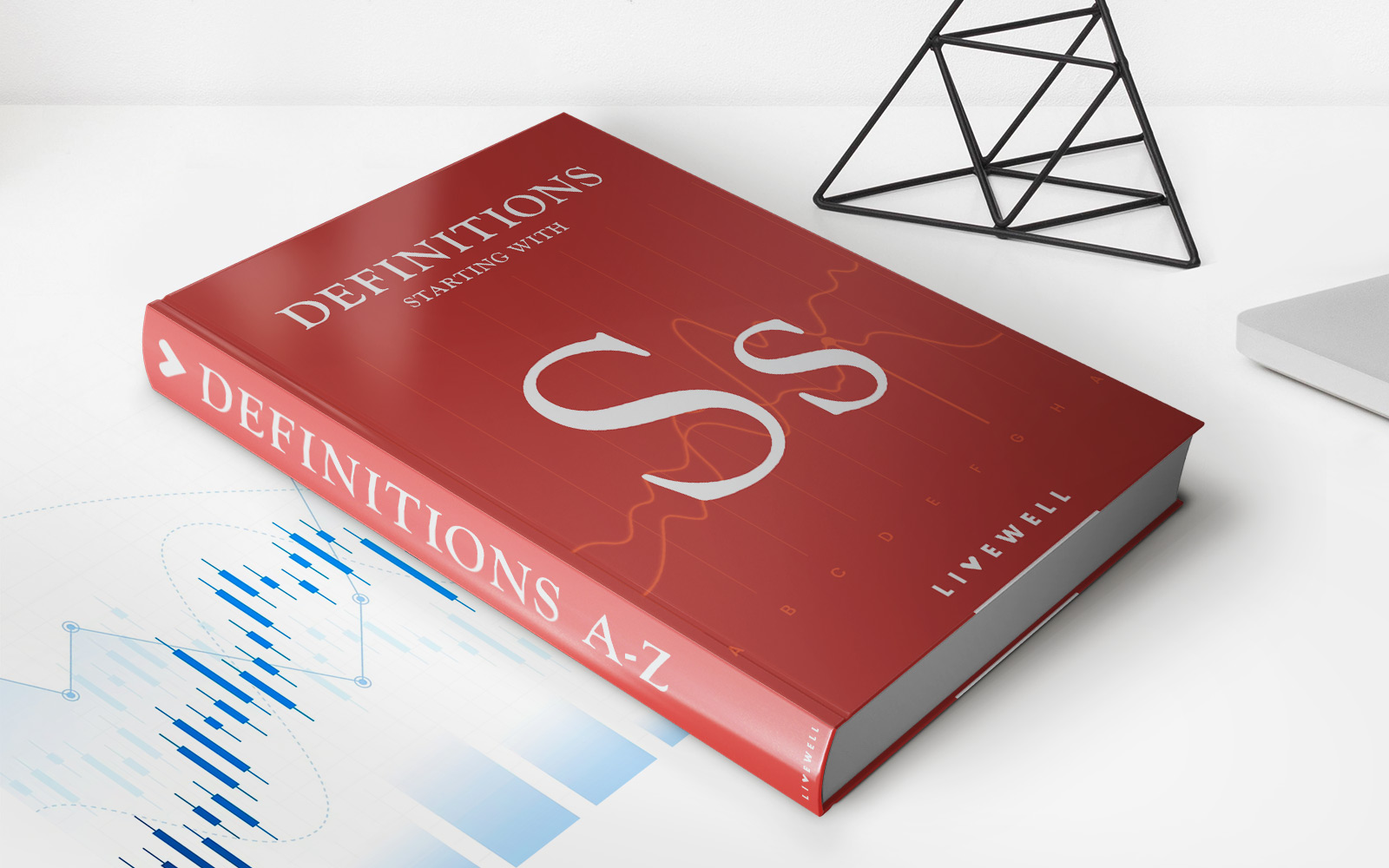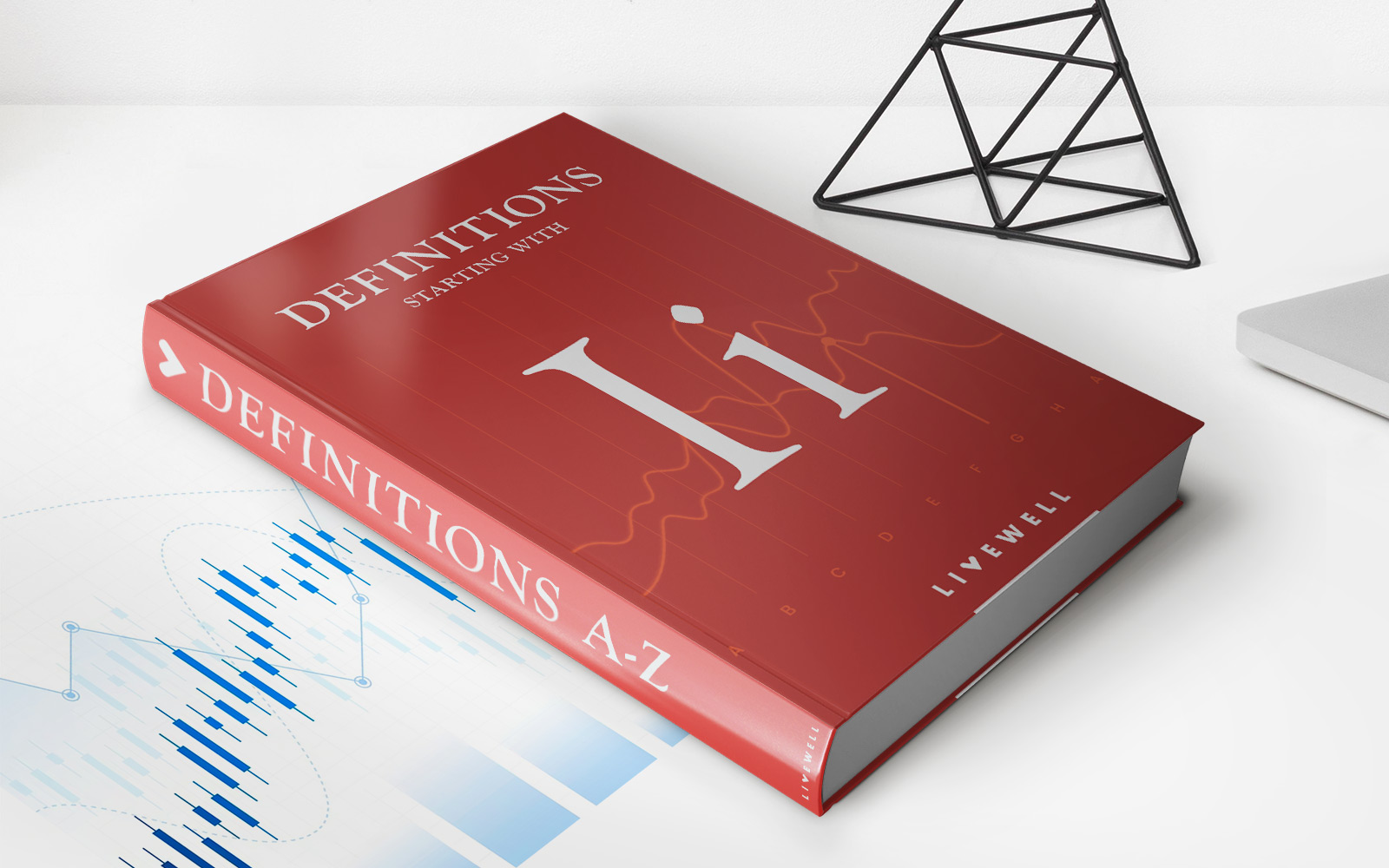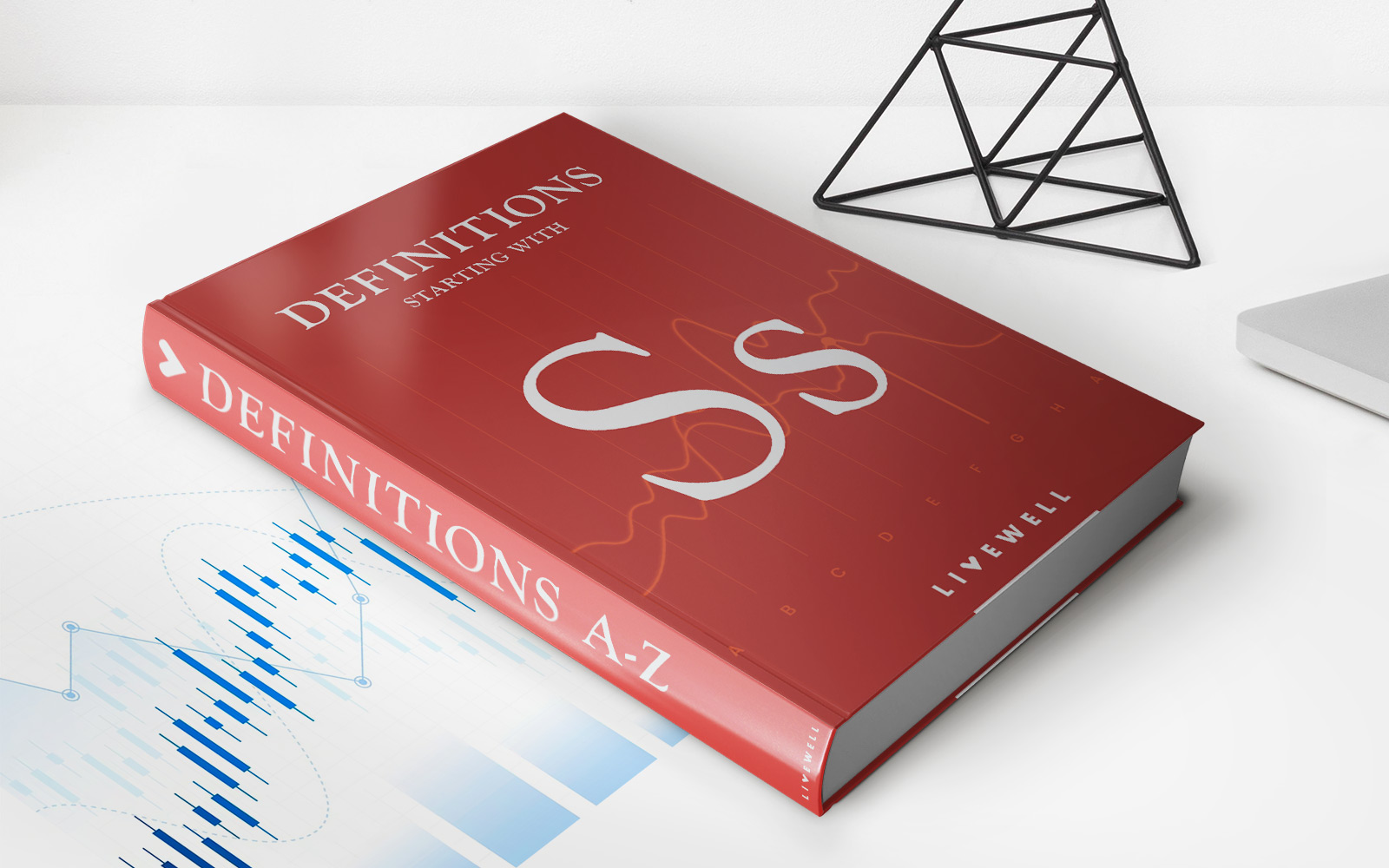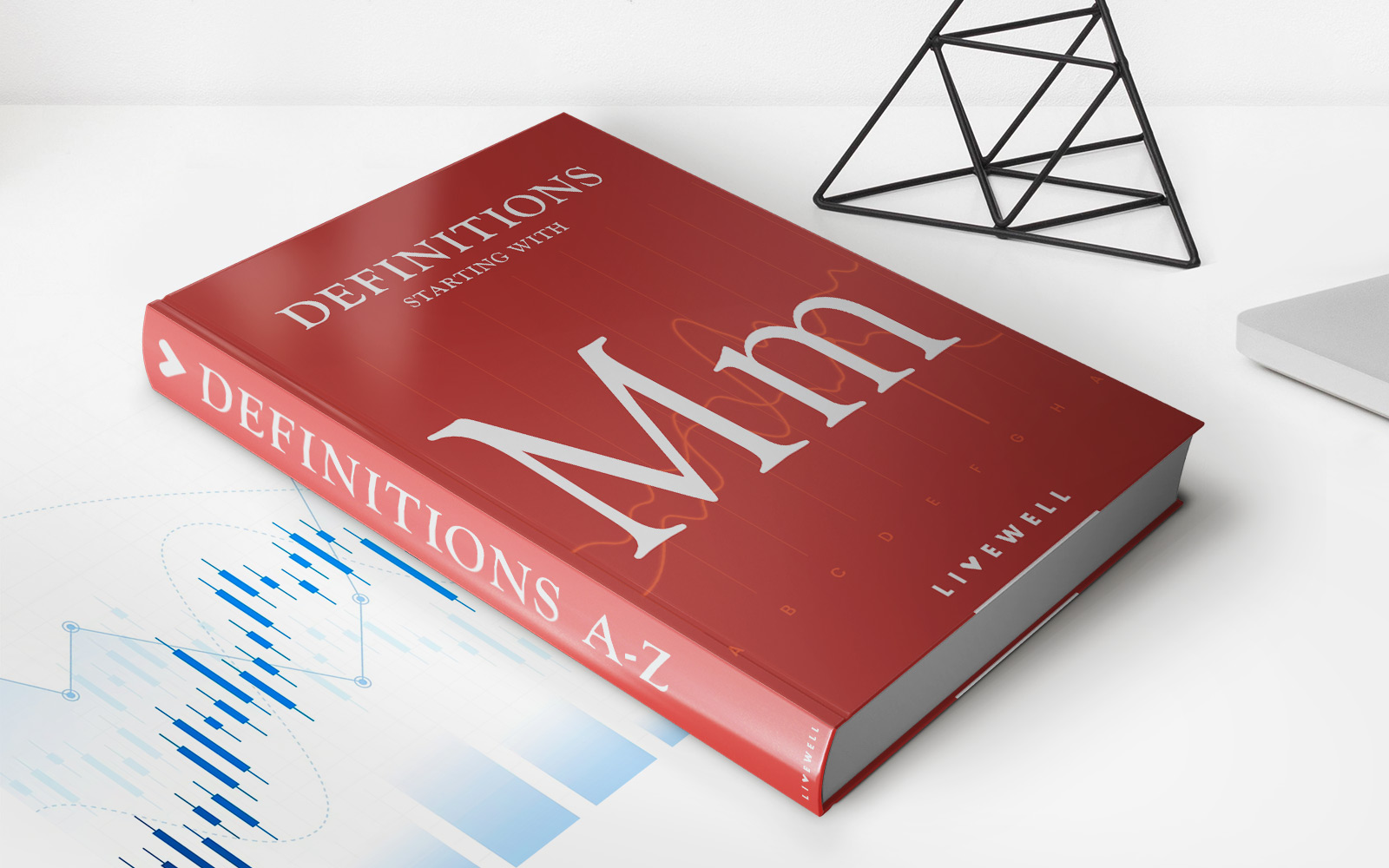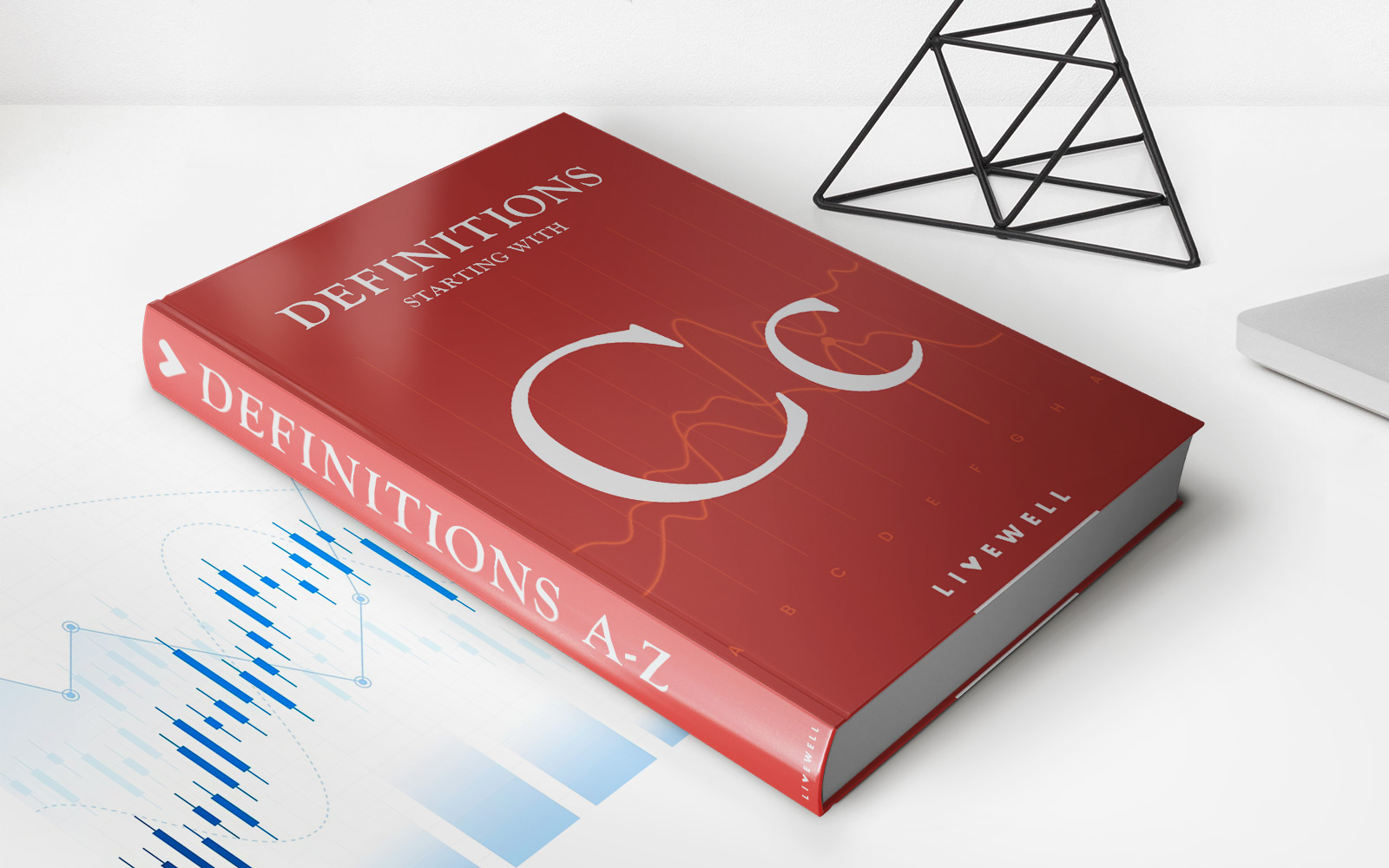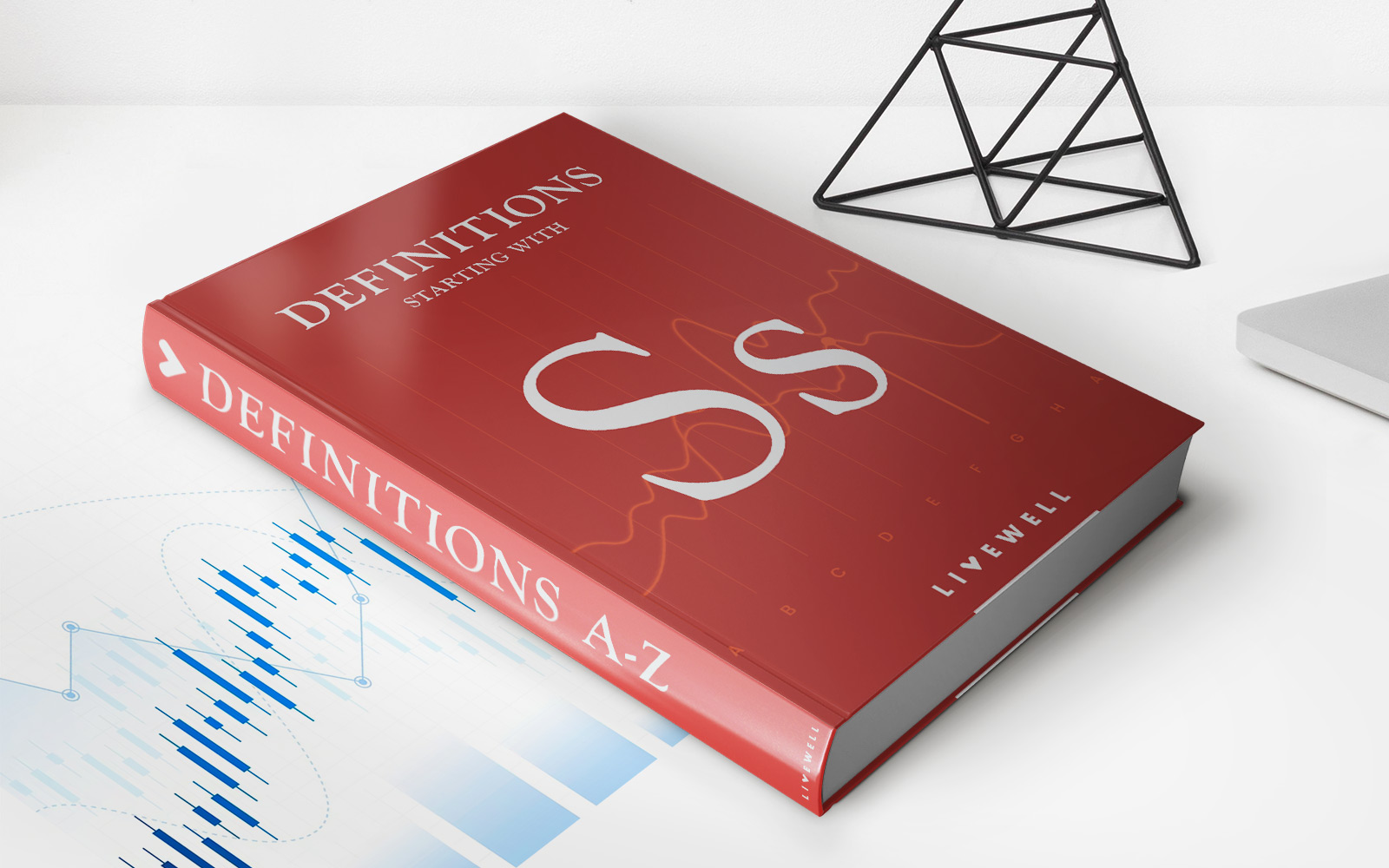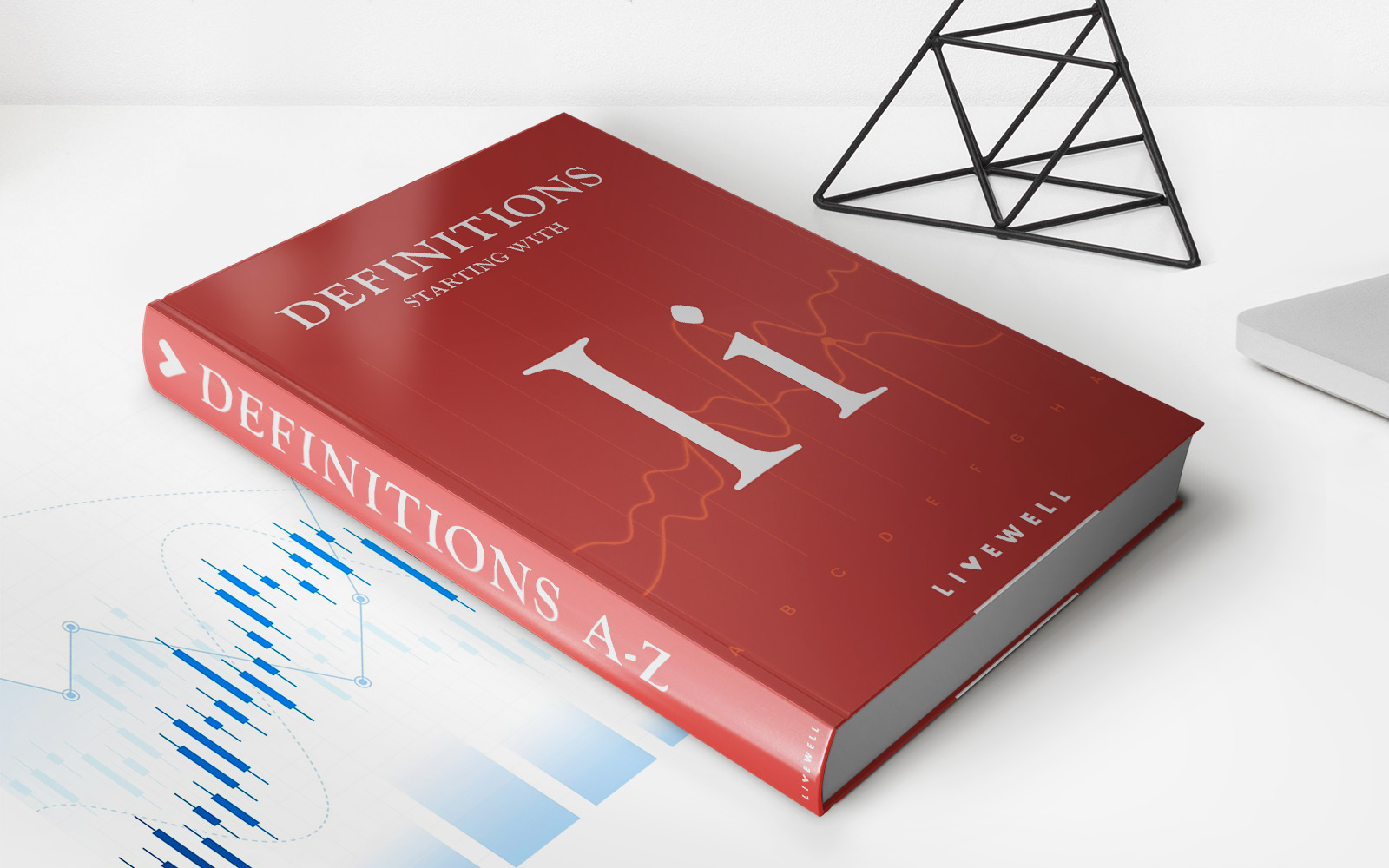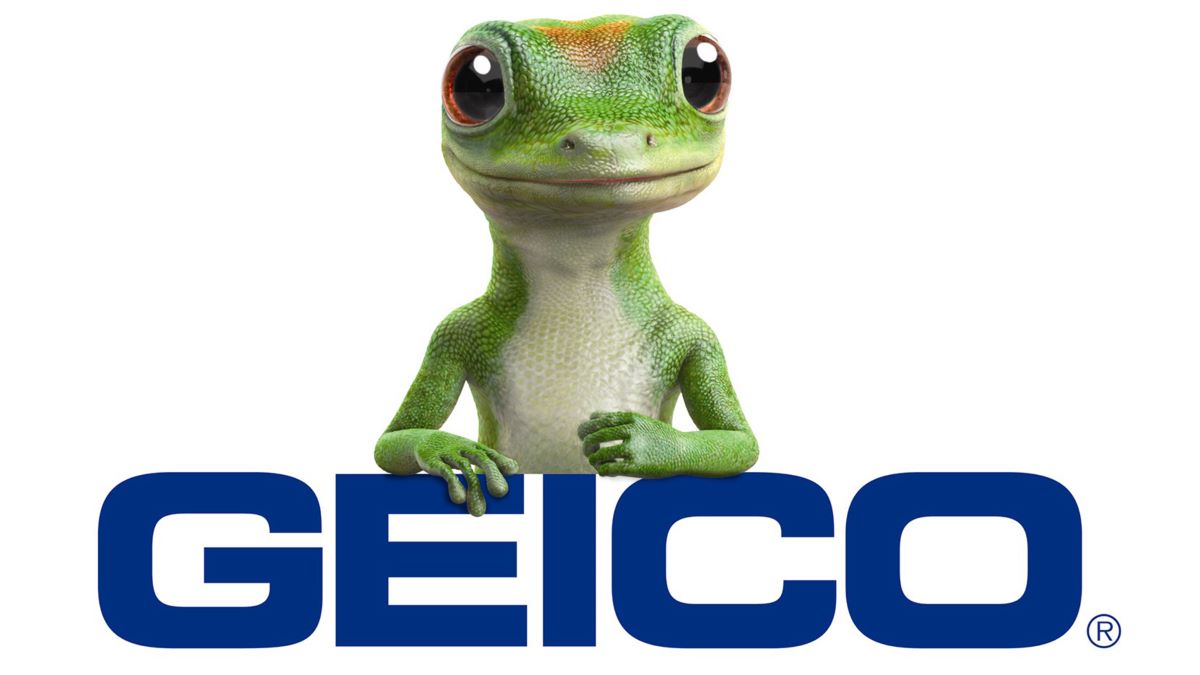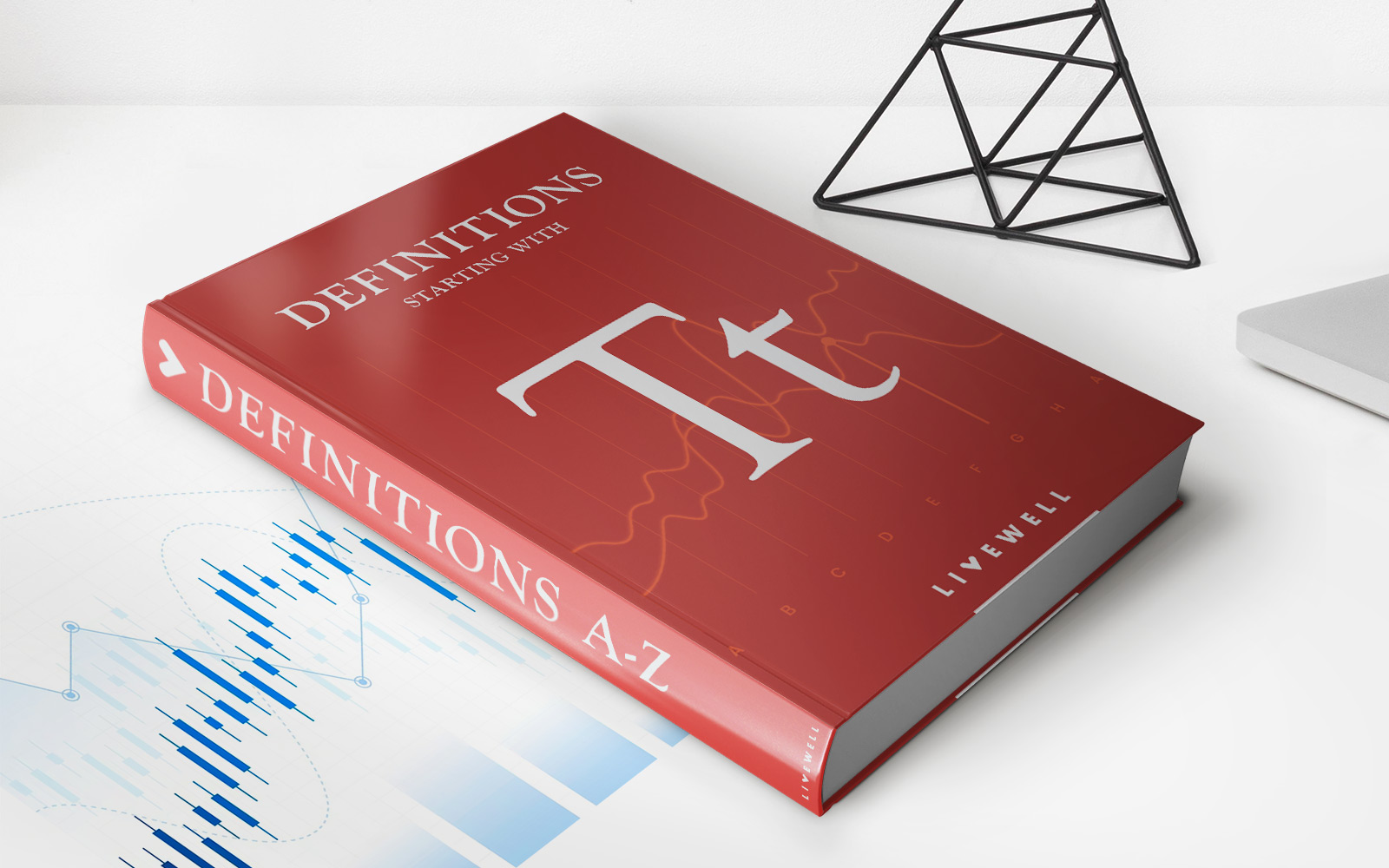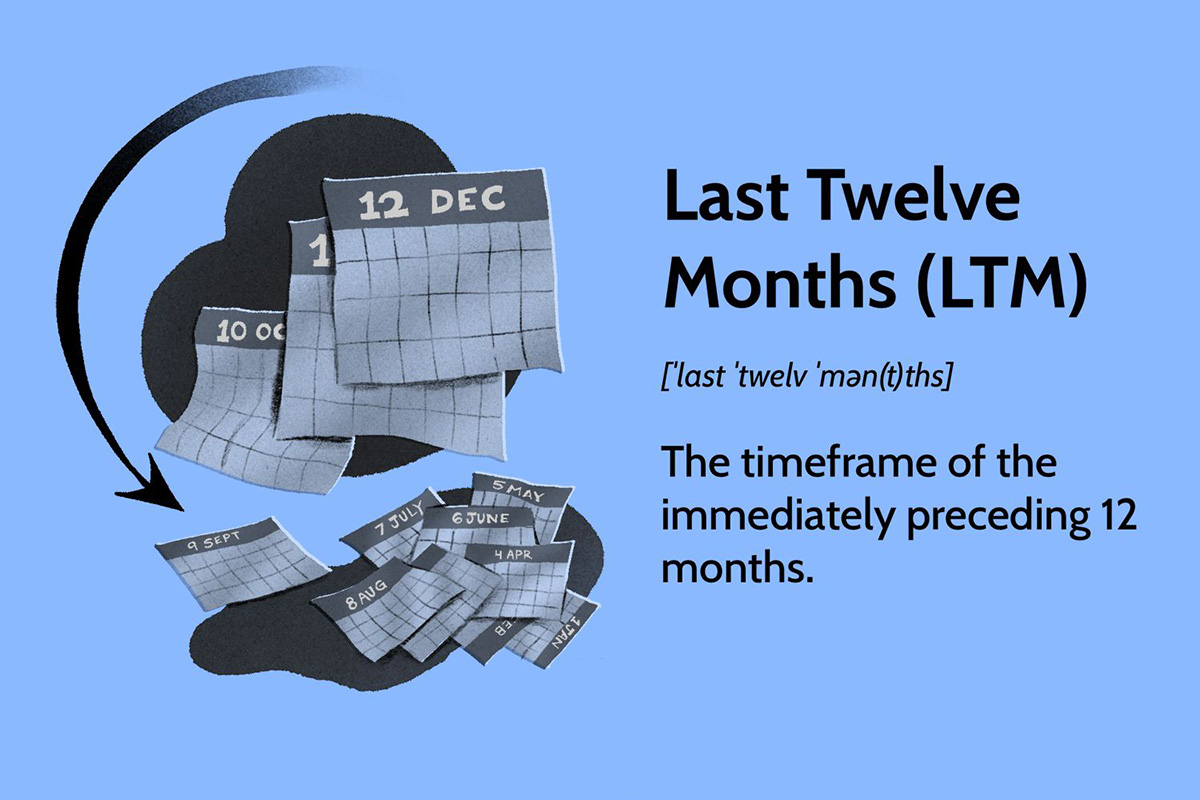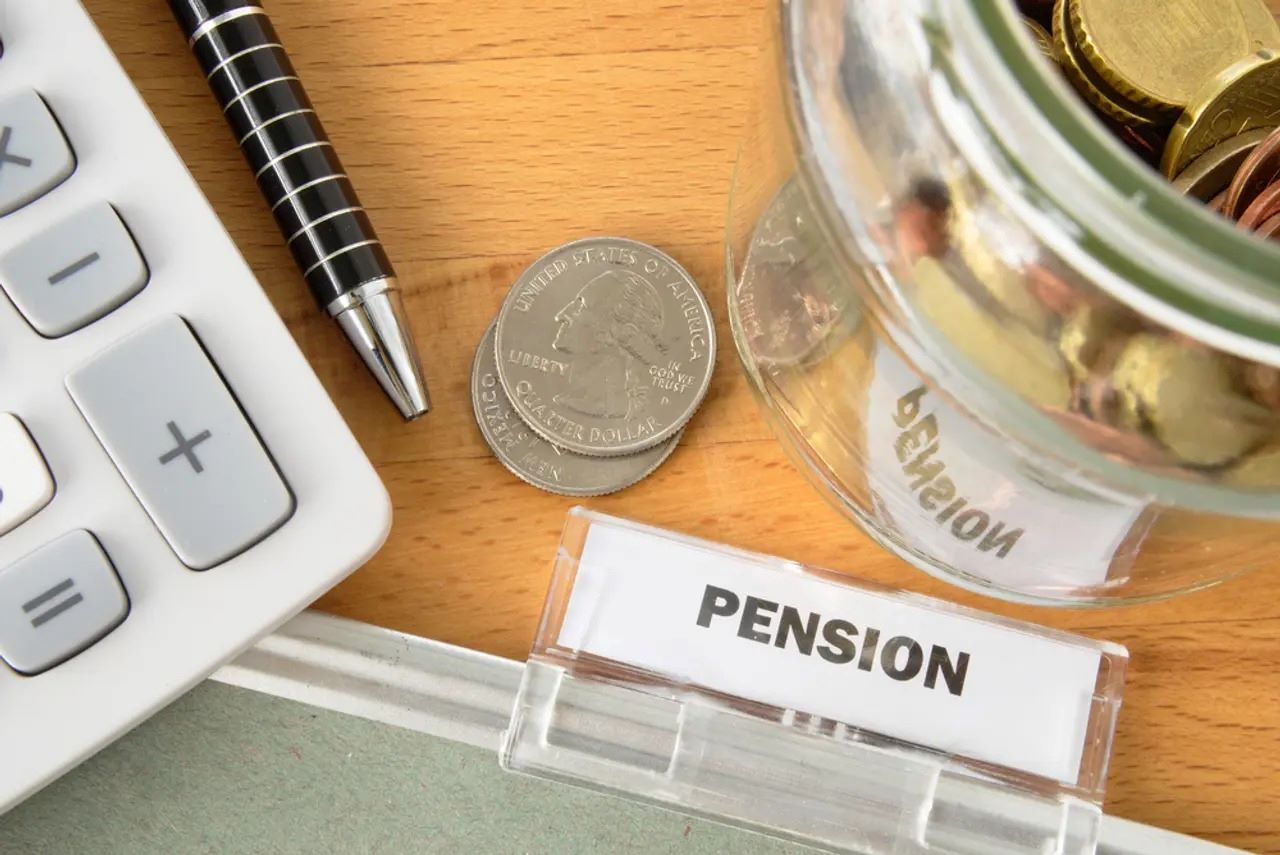Home>Finance>The Power of Packaging: How to Stand Out in the Cosmetics Industry


Finance
The Power of Packaging: How to Stand Out in the Cosmetics Industry
Modified: May 2, 2024
The possibilities are endless when it comes to crafting packaging that makes your brand irresistible in the world of beauty. Understanding your target demographic's preferences and aspirations is crucial for creating packaging that resonates with them.
(Many of the links in this article redirect to a specific reviewed product. Your purchase of these products through affiliate links helps to generate commission for LiveWell, at no extra cost. Learn more)
Table of Contents
Product packaging is a double-edged sword. It can make a product a diamond in the rough or a needle in a haystack. It goes beyond simply providing the product with a pack, packaging can be a potent tool that can be used to establish brand identity, communicate brand value, and consequently, drive sales. The cosmetic industry is a fiercely competitive atmosphere, where packaging often becomes a trump card, the last impression that draws a customer to the shelf.
This article delves further into the multifaceted power of packaging in the cosmetics industry, helping you explore its various elements and strategies to help your brand stand out from the crowd.
I. Create Sensory Experiences
A complete packaging solution is not just for the eyes; it engages all senses. You can make your customers see the good stuff by engaging their cognition, and tactile perception when they feel your product packaging.
You may consider a preview of 3D models of your packaging solutions with Yellow mockups. Think of it as an experiment before an experience.
We advise that you factor in these elements if you seek to create sensory experiences for your customers:
Dominating Tactile Perception
Tactile perception allows us to feel different textures, temperatures, and pressures on our skin. Interpreting these sensations provides us with valuable information about the objects and surfaces we come in contact with.
As a marketer or designer, you need to be deliberate about tapping into the customers’ sensory experience. Be expressive. Experiment with textures, finishes, and shapes that create a unique tactile experience. The product’s weight, the feel of the material, and how it is shaped enhances the product’s perceived value.
You may also include scent integration or temperature-sensitive elements to create a truly immersive experience. Consumers can be compelled with the tiniest detail in the packaging of a product so feel free to go extra!
Visual Appeal
“You have an eye for excellent stuff” is a satisfactory compliment in every ear. Utilize color, fonts, images, and graphics to tap into your customers’ egos. The packaging solution is also an avenue to guide the customer’s eye and highlight key product information.
Create a clear visual hierarchy that prioritizes brand identity and product details. A better aesthetic design will help your product to be cut above other products in the same genre. The internet offers a truckload of exciting creative templates to help you achieve this.
Sustainability
Show your commitment to responsible practices while creating an eco-friendly aesthetic. The population has grown more eco-aware. People are paying a lot of attention to the environmental impact of consumables on nature.
The good news is that technological advancements have unlocked sustainable packaging options made from recycled materials or biodegradable resources.
II. Tell a Story
Every cosmetic product has a target audience. Additionally, brands or product lines usually have a backstory, some of which the consumers are oblivious to. Efficient packaging should go beyond aesthetics; it should tell a story.
The product’s package allows you as a brand to use pictures and other design elements to speak to the target audience in your own ‘language.’ It also embodies the brand’s values and personality.
We carefully selected the following questions to guide you through packaging as a storytelling medium:
- Brand Identity:
- Does the packaging reflect your brand’s core message?
- Does it convey luxury, sustainability, playful vibrancy, or something else entirely?
- Does it carry the product backstory or the brand backstory?
- Emotional Connection:
- How does the packaging make the customer feel?
- Does it inspire confidence, evoke a sense of luxury, or create a playful experience?
- Target Audience:
- Who are you trying to reach?
- Does the target audience understand the context?
III. Innovate and Differentiate
You can easily stand out by thinking outside the box. Innovation implies creating new ideas or improving on existing ones. On the other hand, differentiation refers to setting your product apart from competitors by offering unique features or values. Both terms are inseparable if you seek to outshine your competitors. Innovation and differentiation may come in the form of:
- Interactive Packaging: Incorporate QR codes, nanotechnology functions, or even personalized messages to create a dynamic and engaging customer interaction with the product.
- Multifunctionality: The design packaging may feature a second function after the product has been used up. Reusable containers, refillable systems, or packaging that transforms into other valuables encourage customer loyalty.
How to Measure Your Product Success
How do you know if your product is standing out? Measuring the impact of packaging goes beyond just sales figures. It is a feedback mechanism to know areas where adjustments need to be made. With this mechanism, good can become better, and better can become best.
You may use these parameters to track your product success in the field:
- Brand Recall: Brand recall answers the question “Does the packaging leave a lasting impression?” “Are customers remembering and talking about your brand?” Products that leave an impression on consumers are mentioned in the media and on the streets.
- Customer Engagement: Surveys can be conducted to gather feedback and opinions from consumers. This is another parameter used to evaluate product satisfaction, understand customer preferences, identify areas for improvement, and make informed decisions based purely on customer insights.
- Shelf Presence: Your products are expected to share the retail shelves with competing products. What is your product’s shelf presence relative to the quantity supplied? Your shelve presence is a direct indication of high or low demand.
Conclusion
Efficient packaging is not just an afterthought; it’s a strategic tool for success. Once you understand the power of storytelling, sensory experiences, innovation, and measurement, creating a packaging solution that not only protects your products but also captivates customers, builds loyalty, and drives sales, will be a walk in the park for you.
In essence, you can employ a good design tool and mockups from Yellow Images to unleash the power of packaging, tell your brand story, and let your products stand out from the crowd.

